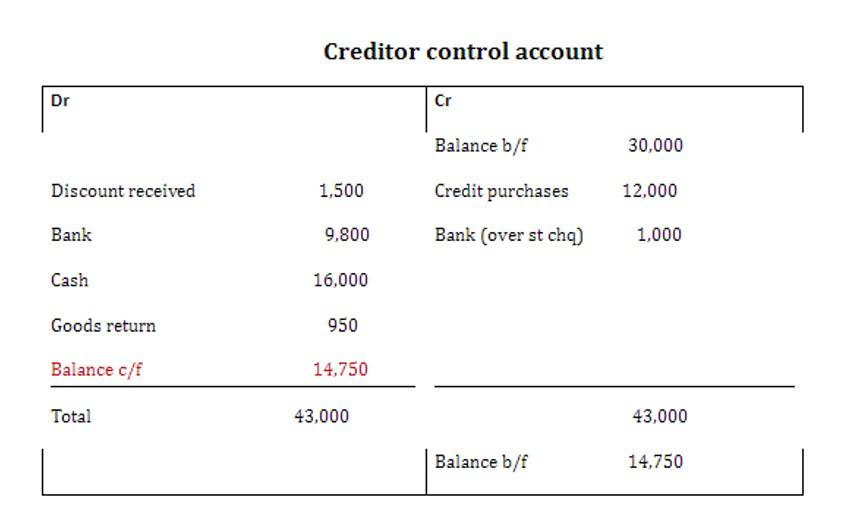
With Nakisa’s lease accounting software, companies can effectively manage the complexities of asset impairment and abandonment, maintaining compliance with evolving accounting standards. If the lease was classified as operating, then the lessees did not show neither asset nor liability in their balance sheets – just the lease payments as an expense in profit or loss. The amortization schedule shows the lessee making total cash payments of $4,924,500 and recognizing total lease expense of $4,924,500. Additionally, the lessee is amortizing the lease liability and ROU asset to $0 by the end of the lease term. In our experience Bookstime of talking to both small and large companies, understanding and remembering the timing of rent escalations and abatements can be difficult. These scenarios not only impact the rent expense, but will also affect the lease liability and ROU asset that must be recognized on the balance sheet under ASC 842.
- The IASB is preparing a standard that may clarify and change some of the above aspects of lease accounting.
- Nakisa’s Terms and Conditions functionality enables users to easily replicate real-world contractual terms such as termination clauses.
- The lease arrangement grants the lessee an option to purchase the asset, which is reasonably certain to be exercised.
- In essence, a portion of the income from the new lease was used to cover the lessor’s cost of making the termination payment to the original lessee.
- Accounting standard, ASC 842, has brought significant changes to the way companies account for their leases.
- The landlord and tenant may agree to terminate the lease before the end of the agreed-upon term.
Review lease agreements:
The Handlery court did not, however, discuss a scenario where a lessor terminates a lease to sell the property. An earlier decision, Shirley Hill Coal Co., 6 B.T.A. 935 (1927), held that, in this situation, the lease termination payment must be capitalized as part of the basis of the property sold, which appears to be consistent with the rules above. From an accountant’s perspective, the immediate impact is seen in the removal of the lease liability and right-of-use asset from the balance sheet. However, the loss of the asset may adversely affect the current ratio if the right-of-use asset was a significant current asset. Nomos One does not provide or purport to provide any accounting, financial, tax, legal or any professional advice, nor does Nomos One purport to offer a financial product or service. Nomos One is not responsible or liable for any retained earnings claim, loss, damage, costs or expenses resulting from your use of or reliance on these resource materials.
- Using these facts and LeaseQuery’s present value calculator tool, the present value of the remaining lease payments is $10,604,260.
- If you’re a small business reporting under FASB or IASB standards, LeaseGuru powered by LeaseQuery might be the right lease accounting solution for you.
- Lease termination in the context of operating lease accounting is a critical juncture for both lessees and lessors.
- If a lease is terminated before the end of the term, a liability and expense for termination should be recognized.
- Partial lease terminations, in particular, involve terminating only a portion of the leased asset, while the remaining portion continues to be leased.
- Terminate a lease, fully or partially, if the lessor or the lessee needs to break the lease early.
Operating lease treatment under ASC 842 vs. ASC 840: What changed?
Accurate and transparent financial reporting during lease termination is essential for stakeholders to maintain the integrity of financial statements and provide stakeholders with reliable information. ASC 842 is a new accounting standard that requires companies to record lease liabilities and right-of-use assets on their balance sheets. Under ASC 842, companies need to recognize the remaining lease liability and the corresponding right-of-use asset on their financial statements at the time of lease termination. This means that the impact of a lease termination on a company’s financial statements is more significant under ASC 842 than under the previous lease accounting standard.
Access Requirements

Because there are various options to terminate a lease, it’s important to accounting treatment for early termination of operating lease understand the accounting treatment of an early termination under the respective new standard. Under ASC 842 a lease that ends due to the lessee purchasing the underlying asset from the lessor does not constitute a lease termination. The lessee records the new fixed asset value as the carrying value of the leased asset plus or minus an adjustment equal to the difference between the purchase price and the lease liability balance at the time of purchase. GASB 87 requires lessees to remeasure the lease liability and lease asset based on the adjusted payment terms. The lessee will calculate the adjustment to the lease liability and recognize an adjustment of the same amount to the lease asset, with any difference reflected in gain or loss for the current period. For example, if the lease liability decreases by $100 based on the new payment terms, the lessee must decrease the right-of-use asset value by $100.


This article will explain how to properly account for rent abatement and periods of free rent under both ASC 840 and ASC 842. In this example, the tenant uses their January 2022 incremental borrowing rate of 9%, and payments are made at the end of the month. Using these facts and LeaseQuery’s present value calculator tool, the present value of the remaining lease payments is $10,604,260. Tax practitioners are likely familiar with the 12-month rule in the context of prepaid expenses. Applying this rule to lease termination payments can provide some clarity in otherwise gray areas and potentially allow for planning opportunities.
It requires a thorough analysis of the financial implications from various angles to ensure that the decision aligns with the company’s strategic financial objectives and complies with accounting standards. In addition to the termination of the leased asset, the arrangement could change such that the usage of the leased asset is reduced. We will address the accounting for a partial termination, and the differences between the treatment within the respective standards, below. Nakisa’s lease accounting software is designed to handle complex multi-ERP integration scenarios, making it ideal for oil and gas companies operating across diverse regions and using various ERP systems. The platform consolidates data from up to 45 different ERP systems into a single, unified instance, streamlining the flow of financial data while maintaining accuracy and consistency. By enabling real-time data synchronization and transfer between the software and ERP systems, the solution enables companies to manage their lease portfolio more effectively.
How to Account for a Lease Termination including Partial Lease Terminations under ASC 842
Similarly, the new lease liability and ROU asset include the total lease payments, including the escalating payments, to determine the beginning balances. Often lease indicators may not always point in the same direction causing lease classification to be difficult. If an asset is specialised, then this implies that no other entity has a use for the asset. Consequently the lessor will only achieve its return on investment through the lease payments and it will structure the lease as a finance lease accordingly. If a lessor can sell or lease non-specialised assets to other parties at the end of the lease and is willing to accept the financial risk on this then this could be an indicator of an operating lease.
Under both ASC 840 and ASC 842, rent expense of an operating lease is recorded on a straight-line basis unless another systematic and rational basis is more representative of the timing of the lease. Periods of free rent, rent abatements, and escalating payments are all factored into a straight-line rent expense calculation. For lease payments that escalate due to the tenant gaining access to additional assets, the expense will be recognized in proportion to the additional leased property. Termination costs can significantly impact financial statements and must be calculated accurately. These costs typically include remaining lease payments, lease incentives that must be repaid, and any penalties for early termination. Calculating these costs requires a thorough understanding of the lease terms and conditions.